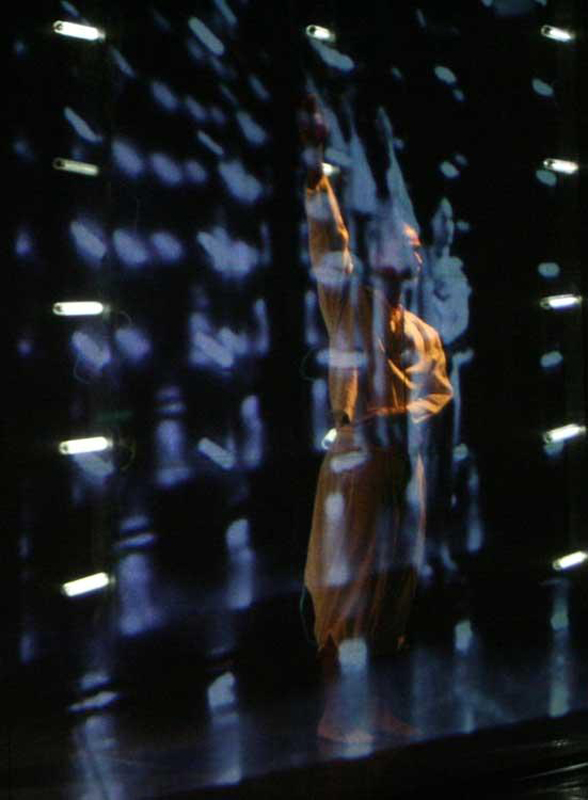Attakkalari Public Charitable Trust of Contemporary Performing Arts
Grant Period: One year
The Tamil epic, Silappatikaram, is arguably the only Indian epic where individual tragedy is the main focus of the story. Standing outside the Sanskrit tradition, this epic is rare in having an ordinary citizen and even more unusually, a woman, as the protagonist. Her sense of fair play and resolute opposition to the injustice done by the king and the state and her unconditional love for her husband are the central themes of the poem.
Inspired by this epic, Attakkalari has begun work on ‘Chronotopia’, a dance production that will explore the human mind struggling to make sense of the rapid changes that often defy conventional notions of space and chronology. The production will depict landscapes to narrate and externalise the state of mind of the two characters in the epic, Kannagi and her husband Kovalan, as they travel from one city to another. Towards this, ‘Chronotopia’ will stretch, extrapolate and sometimes transform the basic tenets and conventions of classical Tamil poetry, Vastu Shastra (science of architecture) and Pratima Shastra (science of sculpting). “Contemporary experiences of war, migration and rapidly changing life practices induced by consumerism and globalisation, have all made the public and private spaces of individuals and communities very fluid,” says Jayachandran Palazhy, Artistic Director of Attakkalari. Familiar values and norms often do not apply in the new spaces that individuals are often compelled to occupy. ‘Chronotopia’ will explore the plight of individuals in these tumultuous times.
Classical Tamil poetry often employs a narrative style that establishes a connection between the landscape and the emotional and spiritual life of the characters, creating a geography of mind and imagination. Inspired by this idea, the production will explore a complex non-linear dramaturgy based on a set of images drawn from childhood memories, migration, conflict, devastation and human relationships. These images will be translated into stylised physical movements, as well as into constantly metamorphosing pictures of synthetic fields of flowers, pixilated landscapes, shades of colour and a plethora of lines and dots, all generated by digital art and interactive technology. The physical movements, therefore, will be deliberately placed against ‘mental landscapes’ created by a digitally constructed and changing stage architecture. In this way, the production will explore our altered imagining of and transformed relationship with time and space.
Chronotopia’s musical score will combine and harmonise processed segments of familiar Indian folk and classical melodies with sounds from imagined lands and a computer-generated sonic field. This soundscape along with live action, projected images and lighting will be set on a timeline, each influencing and complementing the other. Attakkalari has already begun to research various aspects of the text, possible images, and sources of inspiration for movement, and so on. The group has also identified a pool of artist collaborators. The movement research and development process will take place at the Attakkalari studios in Bangalore. Jayachandran will work with cinematographers to generate video images for the production.




